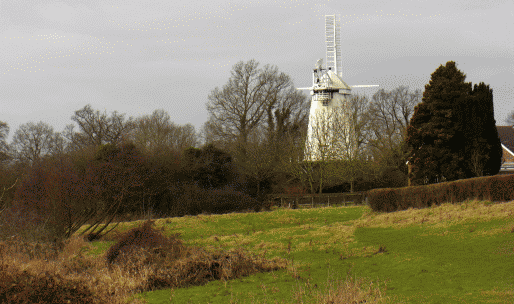 |
| Manning in his 83rd year... |
In discovering links with a place whilst waiting to see what emerges in a sculpture, I find the absence of tangible Belloc references in the parish (other than the odd plaque) interesting as the cultural connection seems so intense. I question whether this might be because of changes of fashion, Hilaire Belloc’s perceived political incorrectness, or more probably just because Slindon has so much else to concentrate on.
A.N. Wilson’s excellent biography of Belloc confirms the serendipity of the place seeming rather overwhelming; indeed, Belloc’s mother Bessie is seen to be an important historical character in her own right. The special qualities of the religious history of Slindon – and the early life of one Cardinal Manning – are profoundly interesting.
In the 1860s Bessie Parks, daughter of a rich, leading Liberal figure and herself a radical and a feminist who had previously lost her family’s simple non-conformist faith, visited Dr Manning (now in Bayswater) to enquire about conversion; a chilly but powerful exchange occurred and soon after, Bessie took the Roman faith. Later, holidaying with a campaigner friend in rural France, she met the frail son of the chalet’s owner. They were later to marry; Bessie and Louis Belloc moved between La Celle St Cloud, France and a Westminster house they had inherited from her uncle Josiah Parkes. A daughter Marie was born in 1868; son Hilaire on July 27th 1870, several days before the start of the Franco-Prussian War. As conditions deteriorated, in August they travelled to Isle of Wight and then to London. The news from France worsened and in 1871 they heard their house had been occupied and ransacked. Managing to return to France in 1872, Louis fell ill on holiday in the heat of the Auvergne and died at La Celleaged only 42.In 1851, Henry Manning, Archdeacon of Chichester and at the very core of the Church of England establishment, had his belief in Anglicanism shattered after the repercussions of a Privy Council decision to make the CofE appoint an evangelical cleric. He converted to Catholicism and left Lavington Rectory for lowly lodgings in Bayswater where he formed a small religious group.
On Bessie’s return to London, in grief she visited Cardinal Manning, now Archbishop of Westminster, with the young Hilaire Belloc. Manning had lost his own wife, childless, in 1837. It is touching to think that when he died 55 years later in 1892, round his neck hung a locket containing his wife’s picture.
In 1877 Bessie’s mother died and she and the two children inherited her home, servants and lodgers at 17, Wimpole St. Her financial outlook was good but money management less so; the arrangements proved complex and after a failed large investment (made rashly through a stockbroker lodger) she tried to let the house. Failing, she sold the lease having made her mind to move to Slindon. Might Manning’s local knowledge of its catholic loyalties – and Mass still said in The House – have influenced her? It offered rural seclusion and Catholic privileges; also a newly consecrated St Richard’s (in 1865) and an Arundel church nearby (in 1870), later to be made a Cathedral.
‘Listen Barbara, and I will try to picture Slindon without a labyrinth of sentences. Picture a village set on the edge of a glorious down, filled with old grey cottages and gardens bordered with yew hedges, within which are vigorous fruit trees and lovely spring flowers. The views of the strip of silver sea from East to West are splendid, under certain effects of light…’ Bessie to her friend Barbara Bodichon.
Hilaire Belloc was then eight and immediately felt a secure home and surrounding environment in Slindon Cottage, the dower house. His outlook on life was just forming but his mother – nearing 50 – would find stability here and live in the village 45 years until her death at 95.
Jon Edgar
Re-printed from Slindon Sculpture: The Northwood Sculptor's Journal.
Jon Edgar is working at National Trust Slindon Estate on a stone sculpture to celebrate The Rise of Northwood: the re-creation of an historic woodland lost to timber supply, and then agriculture, during the World Wars. Belloc is one of the influences he is finding in his exploration of the landscape there.


